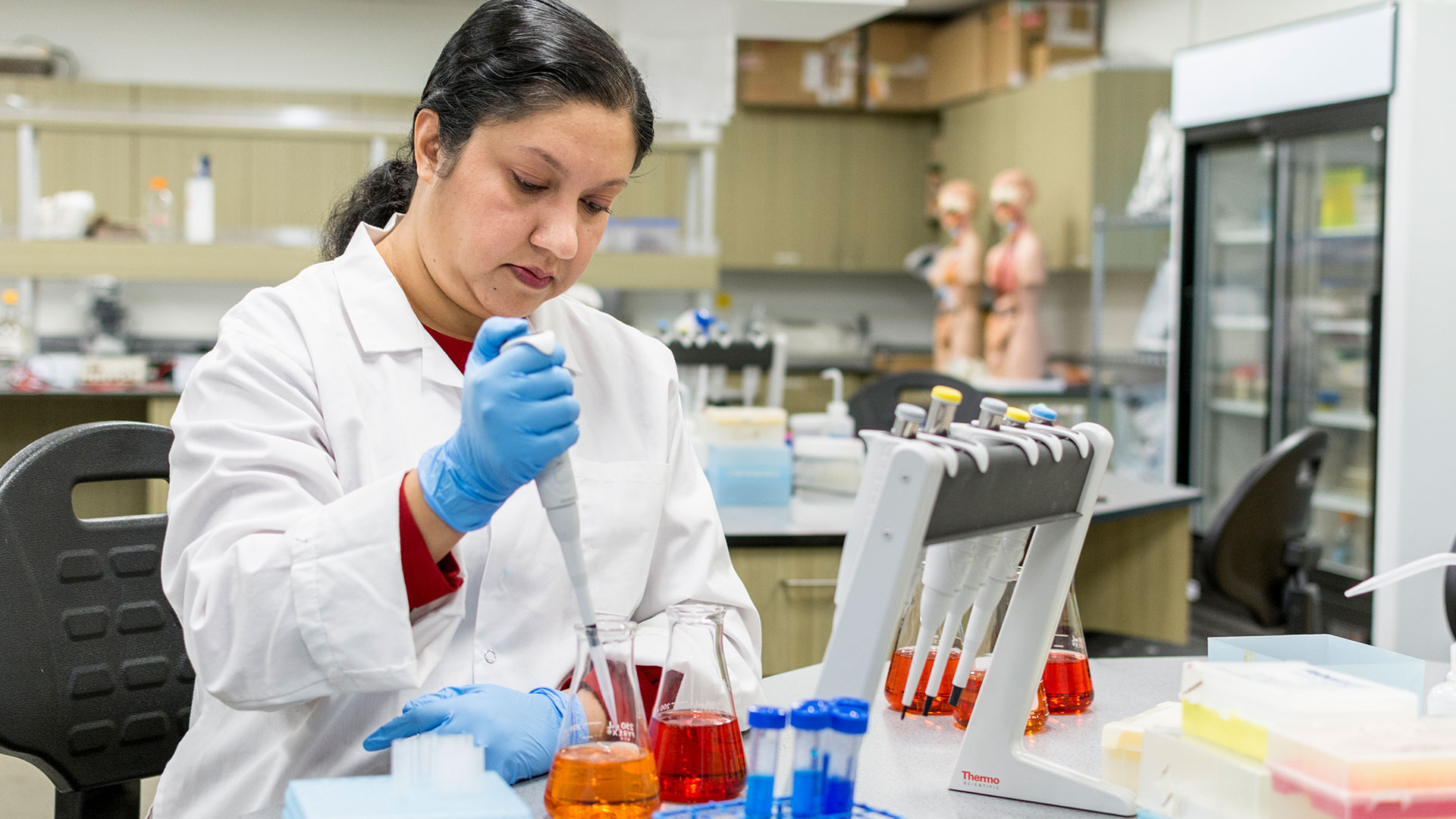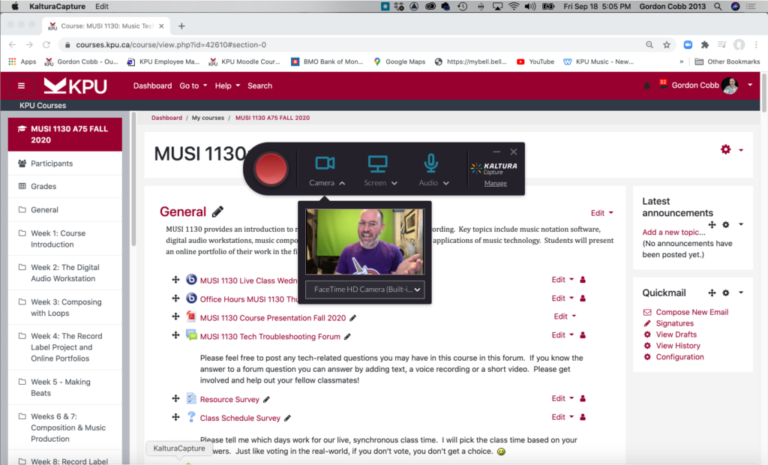Introducing the FSH Notebook – A resource for STEM education
At KPU, our faculty and staff in the Faculty of Science and Horticulture play a critical role in the education and training of the next generation of scientists. The work of our students will no doubt be needed in the future to tackle some of the biggest challenges humanity has faced to date: food and water security, a growing climate crisis, and pandemics arising from unknown pathogens. However, data from Statistics Canada show that students switch out of STEM fields of study (science, technology, engineering, and mathematics) at more than twice the rate than students registered in non-STEM fields, and that student persistence in STEM fields is lower than non-STEM fields. While persistence depends on a number of factors, including K-12 education, academic advising, and student engagement, one factor within the control of instructors is instructional approaches (Sithole et al., 2017).
One of the projects I have been working on as the Educational Consultant for Teaching Excellence in FSH while supported by KPU’s Teaching and Learning Commons is building a resource for different instructional approaches in STEM education. I would like to introduce you to The FSH Notebook, a collection of teaching and learning strategies used at KPU and beyond for STEM education.
I chose “The FSH Notebook” as the title for this resource, since a laboratory notebook is one of a scientist’s most valuable tools. The notebook is a record of our work. It is the first draft of a scientist’s contribution to collective knowledge, telling a story from an initial idea to experimental results, and concluding with the interpretation of the collected data. Such interpretation leads to more ideas, and the cycle begins again. The metaphor of the lab notebook is one that I believe applies equally to education.
Through this site, I hope to showcase some of the teaching innovations in our faculty, connect members of the faculty, and inspire your teaching practice.
The site has different levels of organization. At the highest level are the categories:
- Pedagogy: posts in this category explain educational terms you may have heard
- Learning Activities: posts in this category provide practical examples of activities and resources to support your students’ learning
- Assessments: posts in this category give examples of both formative and summative assessments to gauge what learning has occurred
- Educational Technology: posts in this category showcase some of the ways that educators are using tools supported by KPU’s rich Learning Technology ecosystem and other technology
You can also use the site’s tags to browse. For example, if you are looking for activities suitable for a 1000- or 2000-level class, the level:1100-2999 tag would be appropriate. If you are looking for activities for an online class, then pages with the delivery:online tag may provide inspiration.
Each post has a similar organization:
- What is it? – A brief overview of the activity or technique
- What are the benefits?
- What are the challenges?
- Who’s using this? – In many cases, I have linked to external examples. I would love to showcase work that you have done at KPU, so get in touch if you’d like to be featured!
- Resources – Examples so that you can see how these have been applied in classrooms
- References – Selections of peer-reviewed SoTL (Scholarship of Teaching and Learning) articles relevant to STEM education
For those who are interested in exploring further, the More Resources page lists other relevant websites. These include databases of scholarly research, education chapters of professional associations, and cross-institution initiatives such as SALTISE.
The site is a living resource, and if you would like to contribute, please get in touch with me. If you would like assistance in implementing any of the strategies in your classroom, the members of KPU’s Teaching and Learning Commons (including myself) are ready to support you! Email tlcommons@kpu.ca.
Sources:
Sithole, A., Chiyaka, E. T., McCarthy, P., Mupinga, D. M., Bucklein, B. K., & Kibirige, J. (2017). Student attraction, persistence and retention in STEM programs: Successes and continuing challenges. Higher Education Studies, 7(1), 46. https://doi.org/10.5539/hes.v7n1p46
Statistics Canada. Table 37-10-0146-01 Persistence and graduation of students in a STEM/BHASE (non-STEM) grouping other than that of first enrolment, within the province or territory of first enrolment, by student characteristics and educational qualification Statistics Canada. Table 37-10-0145-03 Persistence and graduation of undergraduate degree students, within the STEM/BHASE (non-STEM) grouping and province or territory of first enrolment, by student characteristics






